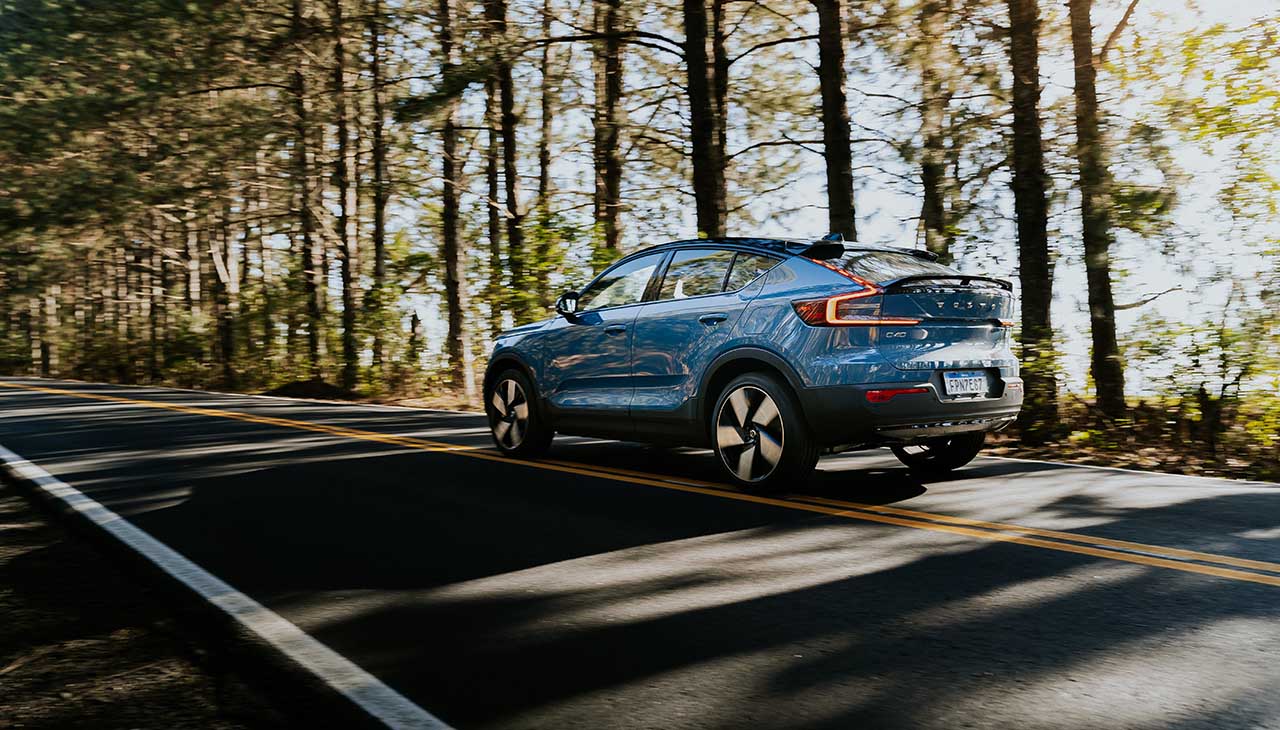The age of the electric vehicle (EV) is upon us. As concerns over environmental impact and sustainability grow, the auto industry is experiencing a transformative shift from traditional internal combustion engine vehicles to electrically powered ones. This change heralds not just a new chapter in automotive technology but also promises to reshape industries, economies, and driving habits around the globe. The surge of EVs on the market stands as a testament to the rapid advancement in battery technology, supportive government policies, and a rising social consciousness among consumers who are prioritizing green alternatives more than ever before.
Advantages of EVs
Environmental Impact
One of the most significant advantages of EVs is their reduced emissions. Electric vehicles produce zero tailpipe emissions, contrasting sharply with the pollutants expelled by gasoline and diesel engines—two primary contributors to air pollution and greenhouse gases. As a result, the widespread adoption of EVs plays a critical role in combating climate change and improving air quality in urban environments.
Cost Savings
Transitioning to electric vehicles also offers considerable cost savings to owners. EVs are more energy-efficient than conventional cars, translating to lower fuel costs. Moreover, with fewer moving parts than an internal combustion engine, electric vehicles require less maintenance—their owners save on average due to the reduced need for service and repairs.
Technological Innovation
Electric vehicles tend to be at the forefront of technological innovation within the auto industry. They increasingly integrate smart features such as sophisticated infotainment systems, enhanced connectivity, and improved safety measures. Furthermore, the development of EVs goes hand in hand with the advancement of autonomous driving capabilities, with several manufacturers already incorporating self-driving technology into their electric vehicle designs, pointing towards a future where driving could become more of a service than a personal skill.
Impact on the Auto Industry
Disruption of Traditional Automotive Manufacturing
The ascension of EVs is disrupting traditional automotive manufacturing practices, compelling carmakers to renovate their production lines and invest heavily in new technologies. Established automakers are reexamining their strategies to survive in an increasingly electric future, which entails not only creating electric models but also rethinking supply chains, as EVs require different components, such as batteries and electric motors, in lieu of traditional engines and transmissions. This transition is not without its challenges, as it implies a substantial shift in workforce skills, a redefinition of industry standards, and a potential decline in sectors related to the manufacturing and maintenance of internal combustion engines.
Emerging Market Trends and Consumer Preferences
Consumer preferences are swiftly tilting toward eco-friendly vehicles, with many willing to invest in cleaner, more sustainable transportation. Market trends show a surge in demand for EVs, driven by a combination of environmental awareness, governmental incentives, and the increasing practicality of electric vehicles. Automobile companies are responding by introducing a diverse range of electric models, from compact cars to SUVs, catering to various consumer tastes and needs. As technology improves and costs decrease, car buyers are recognizing the long-term value and benefits of going electric.
Influence on Infrastructure Development
The rise of EVs necessitates a parallel expansion in infrastructure, particularly charging stations, to support the growing number of electric vehicles on the road. This includes both the expansion of public charging networks and the installation of home charging systems. Additionally, the demand for faster charging times is driving innovation in battery technology, with developments in solid-state batteries and other cutting-edge solutions. The evolution of this infrastructure is critical for continued consumer adoption and represents a significant area of growth and investment for businesses, from energy providers to real estate developers.
Government Initiatives and Regulations
Incentives for EV Adoption
Various government incentives have been a driving force in the adoption of electric vehicles. Tax credits, rebates, and grants are among the most common forms of incentives offered to both consumers and manufacturers. These financial stimuli aim to lower the initial costs associated with purchasing EVs and to encourage investment in research and development of green technologies.
Emission Reduction Targets and Regulations
To combat the effects of climate change and meet international environmental goals, governments worldwide are establishing rigorous emission reduction targets. These regulations often include mandates for automakers to produce a certain percentage of zero-emission vehicles (ZEVs) within their fleets, as well as penalties for not complying with these standards.
Investment in Sustainable Transportation Infrastructure
As part of sustainability initiatives, significant investments are also being made in developing the infrastructure needed to support the transition to electric vehicles. Funding is being allocated to create a widespread network of charging stations, as well as to update the electrical grid to handle increased demand. These efforts are essential for the seamless integration of EVs into the transportation ecosystem.
Challenges and Future Outlook
While electric vehicles are gaining popularity, battery technology and range limitations remain significant hurdles. Current EV batteries not only dictate the range of the vehicle but also affect durability and performance in various climates. Anxiety over being stranded without a charging station nearby, known as “range anxiety,” persists among potential consumers, hindering broader market penetration.
As for consumer adoption, while there is a noticeable increase in interest, the EV market is still emerging. The initial cost, although offset by long-term savings and government incentives, and the scarcity of charging infrastructure continue to be obstacles for many buyers.
To address these challenges, considerable investment is going into developing advanced battery technologies that provide longer ranges, faster charging times, and improved life spans. Innovations such as solid-state batteries promise to revolutionize the EV industry by offering greater energy density and safety. Additionally, the expansion of charging infrastructure and the introduction of ultra-fast charging stations will likely alleviate some consumer concerns.
The future developments in the EV landscape appear optimistic, with ongoing advancements in battery technology and an increasing commitment to the charging infrastructure setting the stage for more profound market penetration and consumer adoption. As these improvements align with evolving regulations and incentives, we can anticipate a surge in the number of electric vehicles on the road in the years to come.




